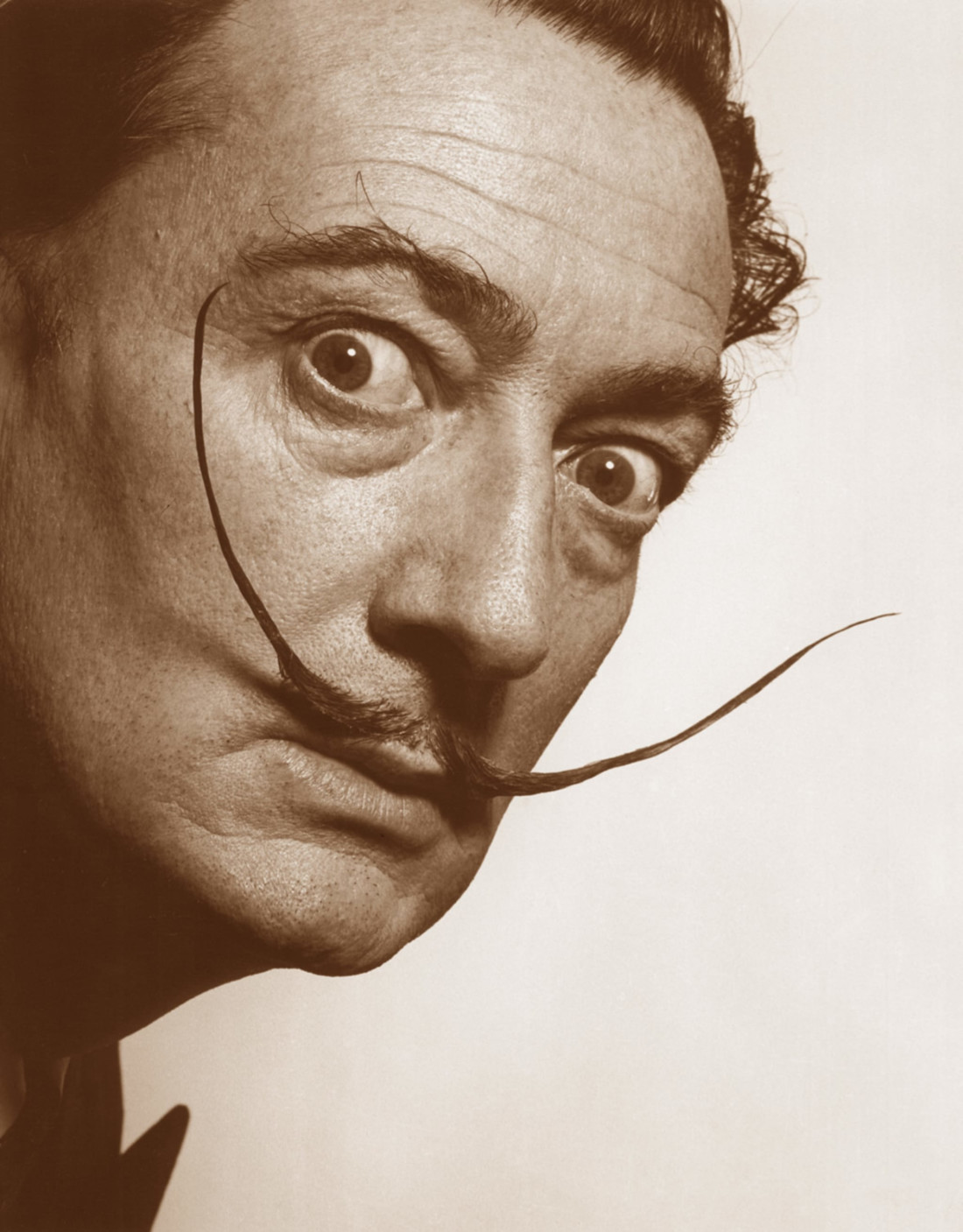
Nestled in the bohemian heart of Montmartre, the Dali Museum offers an intriguing glimpse into the mind of one of the 20th century's most famous surrealist artists, Salvador Dalí. Known for his flamboyant personality and extraordinary artistry, Dalí remains a towering figure in the world of modern art. This museum, while smaller compared to some of Paris's grander institutions, presents an intimate collection that reflects both Dalí's genius and the vibrant artistic milieu of Montmartre.

A Glimpse into Dalí's World Salvador Dalí was born in Catalonia, Spain, in 1904 and became known for his eccentric behavior and innovative artistic style. His journey into surrealism began in the 1920s, a movement that sought to unleash the unconscious mind's creativity, often blending dreamlike imagery with distorted realities. Though he is often associated with larger museums like the Salvador Dalí Museum in St. Petersburg, Florida, the Dali Museum in Montmartre offers a unique perspective on his work through the lens of Paris—a city that played a critical role in his artistic development.

The museum itself, housed in a charming building that echoes the architectural styles of Montmartre, brings together a range of prints, sculptures, and paintings, many of which exhibit Dalí's characteristic flair for the bizarre. Visitors are greeted by pieces that stretch the limits of imagination, such as melting clocks that harken back to his iconic painting "The Persistence of Memory." Here, one can appreciate how the chaotic yet meticulously detailed structure of his works invites viewers to ponder deeper philosophical questions.

The Influence of Montmartre Montmartre has long been a sanctuary for artists, writers, and musicians. In the early 20th century, it was here that many avant-garde movements flourished. Figures like Pablo Picasso, Vincent van Gogh, and Henri Toulouse-Lautrec lived and worked in this vibrant neighborhood. For Dalí, Montmartre represented a space where creativity thrived, and the very air resonates with the legacy of artistic rebellion.

In the atmosphere of Montmartre, Dalí found inspiration for his fantastical imagery, utilizing the cultural richness surrounding him. Wandering through the narrow streets lined with cafés and artist studios, visitors can trace the same pathways Dalí walked, surrounded by the echoes of artistic discussions and revolutionary ideas. This historical backdrop adds layers to the experience of viewing Dalí's art, making each piece a part of a broader narrative of creativity and expression.

Exploration of Key Exhibits One highlight of the Dali Museum is its extensive collection of etchings from "The Divine Comedy," illustrating Dante Alighieri's epic poem. This series showcases how Dalí merged literary themes with his unique artistic vision. Each etching tells a story of human emotion and imagination, rendered in Dalí's signature style that combines clarity with dream-like oddity.
Another notable exhibit features his sculptures, including the famous "Venus de Milo with Drawers." This striking piece challenges conventional perceptions of beauty and form. By incorporating functional drawers into a classical sculpture, Dalí invites viewers to explore the contents of their own subconscious, thus engaging with the theme of hidden desires and secrets.

The museum also curates temporary exhibitions that delve into various aspects of Dalí's life—his friendships with other surrealists, his cinematic collaborations, and his ties to the fashion world. Such exhibitions provide context and foster a deeper understanding of Dalí's multifaceted contributions to the art world.

Educational Programs and Events In addition to its permanent collection, the Dali Museum in Montmartre offers a range of educational programs aimed at engaging audiences with art and creativity. Workshops for all ages allow participants to explore surrealism through hands-on experiences, encouraging them to tap into their imaginative faculties. Guided tours often include discussions about Dalí's techniques and thematic elements, promoting a greater appreciation of his work.

Regular events, including lectures and film screenings, enable art enthusiasts to further engage with Dalí’s legacy. These programs create a communal space for dialogue about art, culture, and the impact of surrealism on contemporary practices.
Conclusion Visiting the Dali Museum in Montmartre is more than just an art experience; it is a journey into the labyrinth of the artist's mind and the historical context that shaped his work. It stands as a testament to the enduring influence of Salvador Dalí and the vibrant culture of Montmartre, where creativity continues to flourish.

As one explores the museum’s exhibits and engages with curated educational opportunities, it becomes clear that Dalí's legacy is not only in his art but also in the ongoing conversation about the nature of reality, imagination, and the unpredictable beauty of life itself. Whether you are an art connoisseur or a casual visitor, the experience is bound to leave an indelible mark, inviting you to reflect on the complexities of the human psyche and the power of artistic expression.

Dalí Museum Paris
https://www.daliparis.com/
Adress: 11 Rue Poulbot, 75018 Paris
